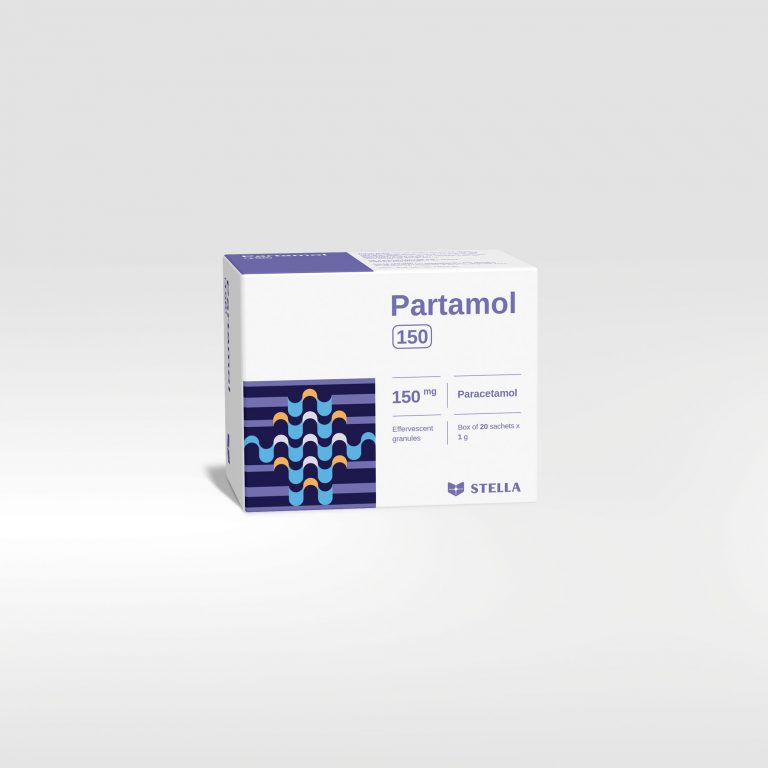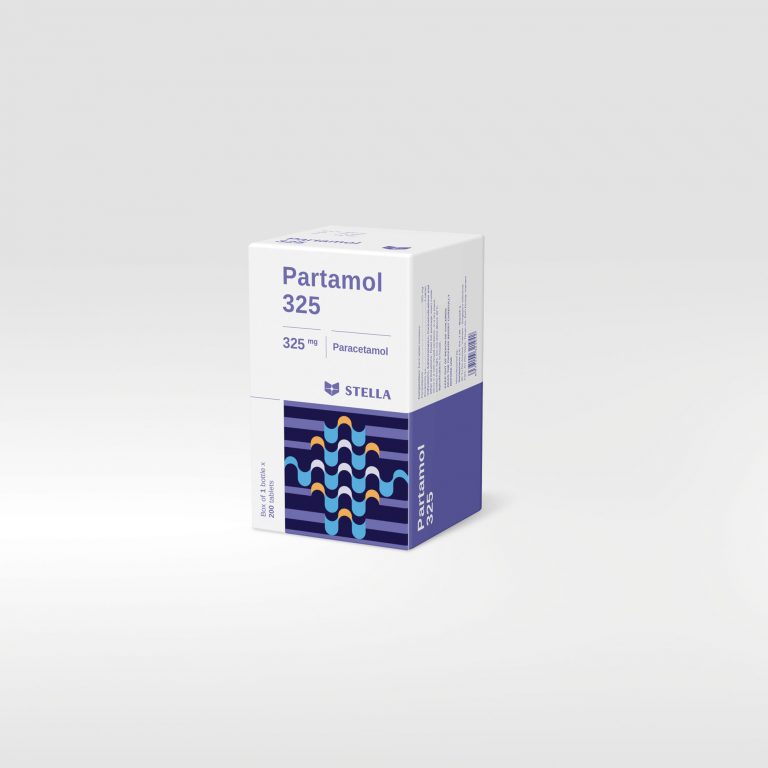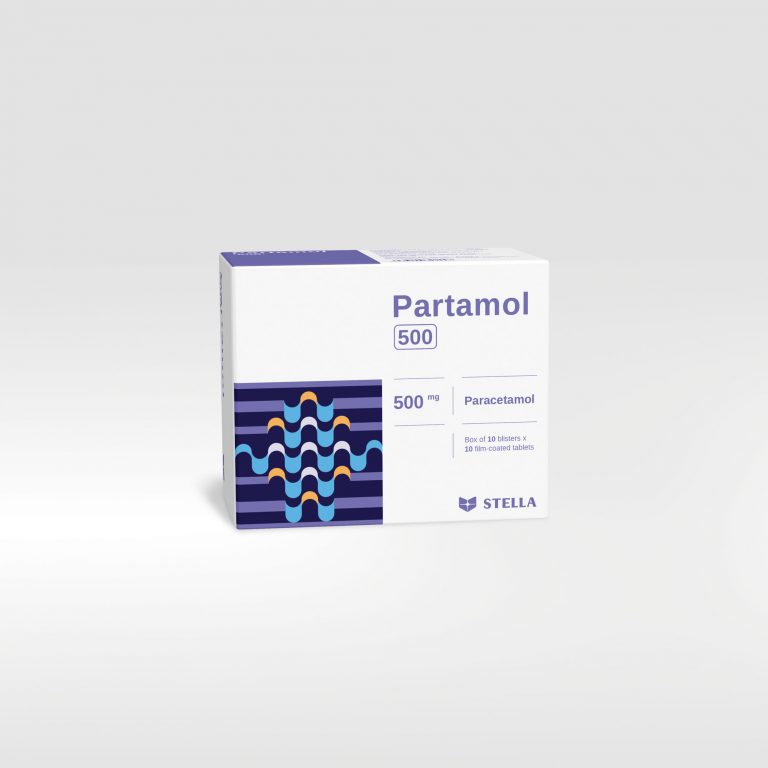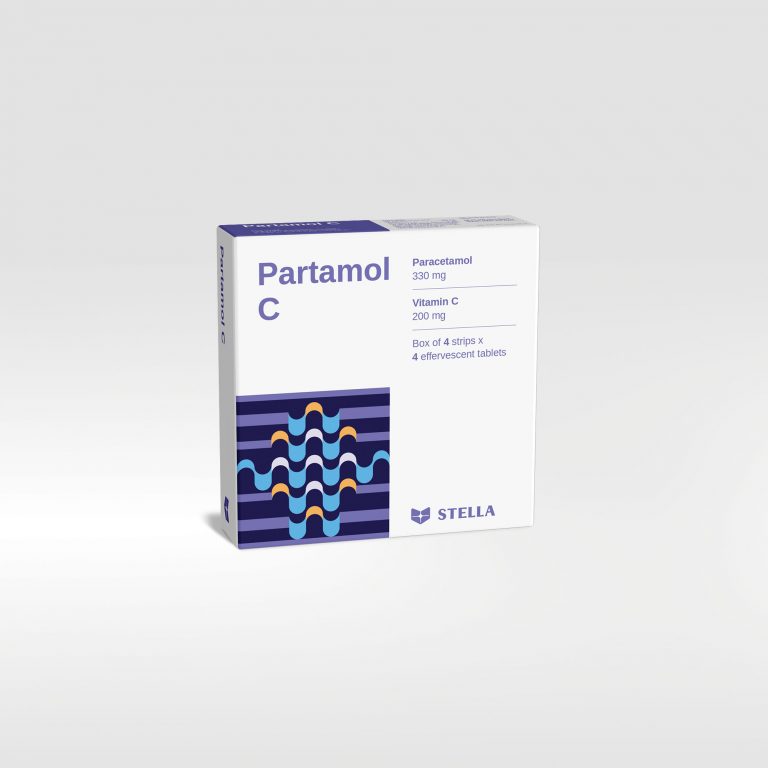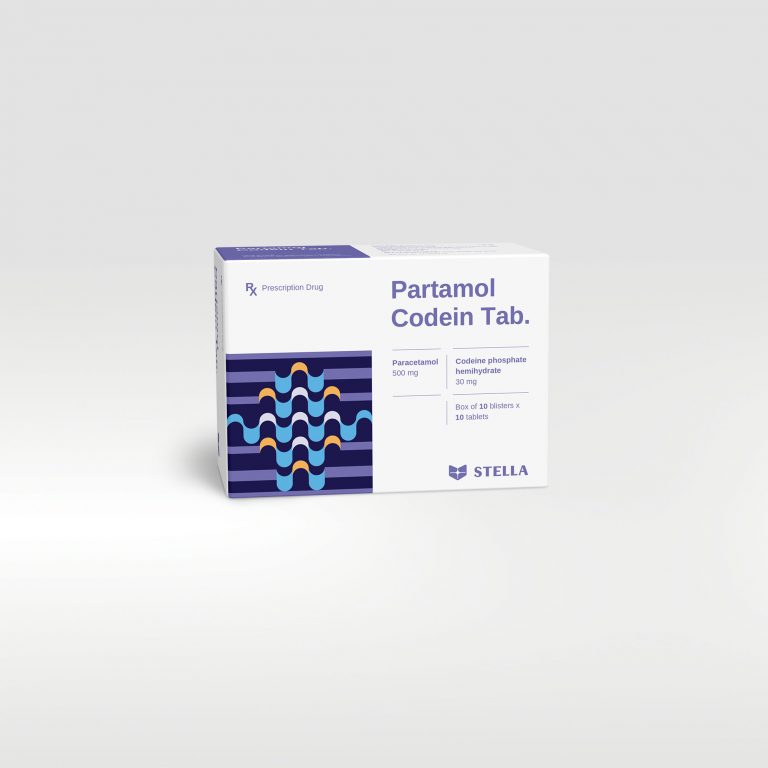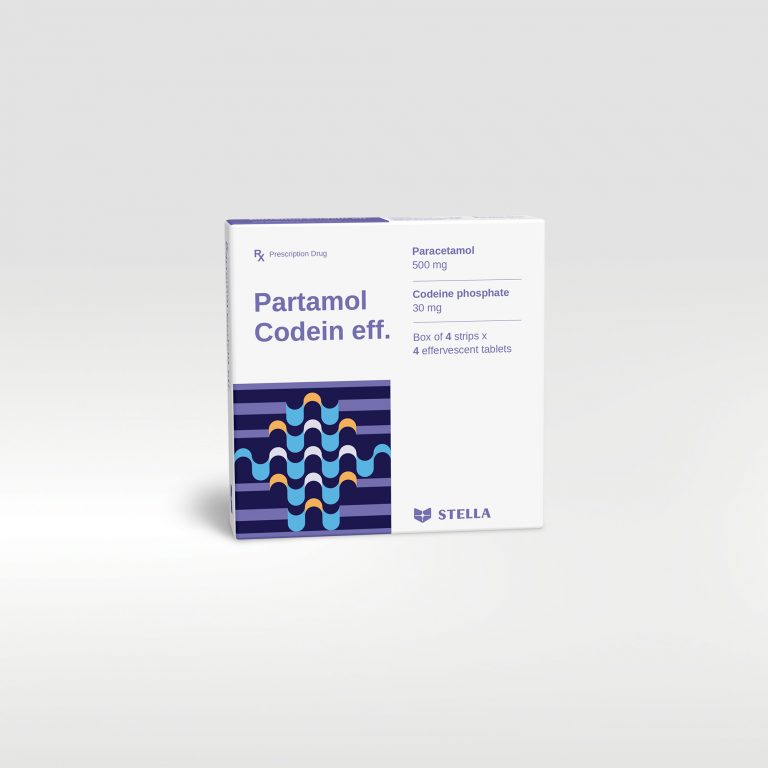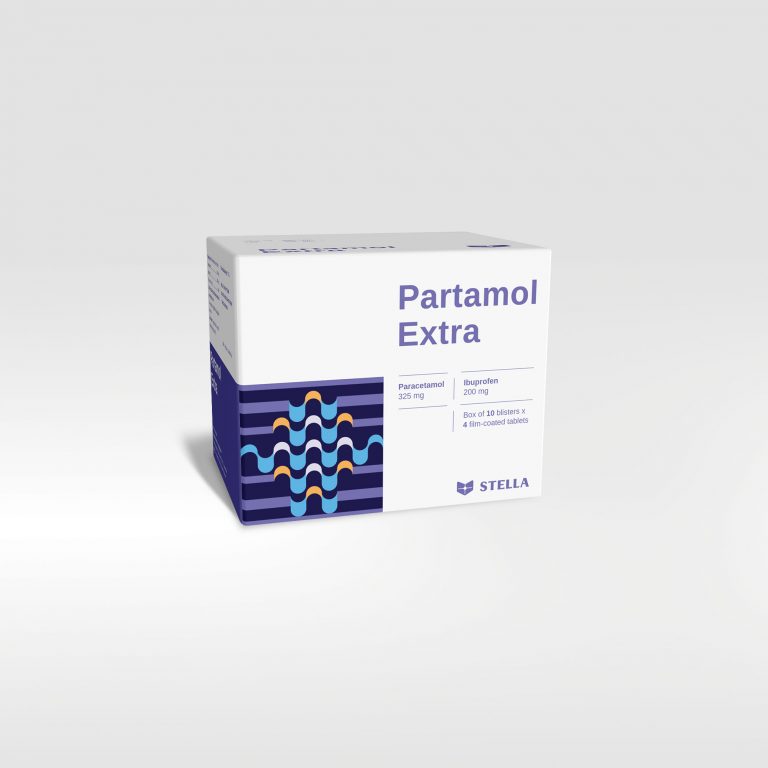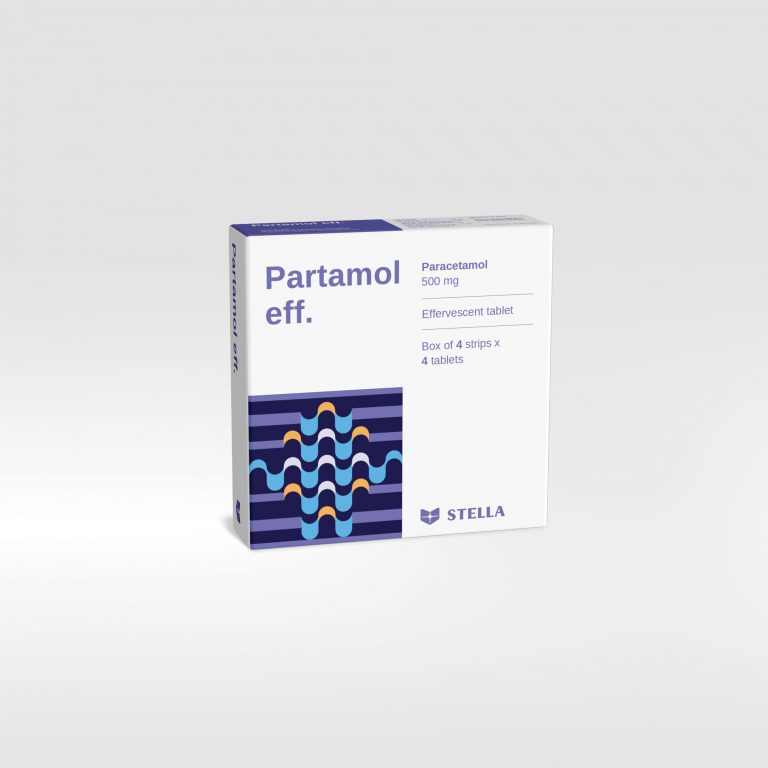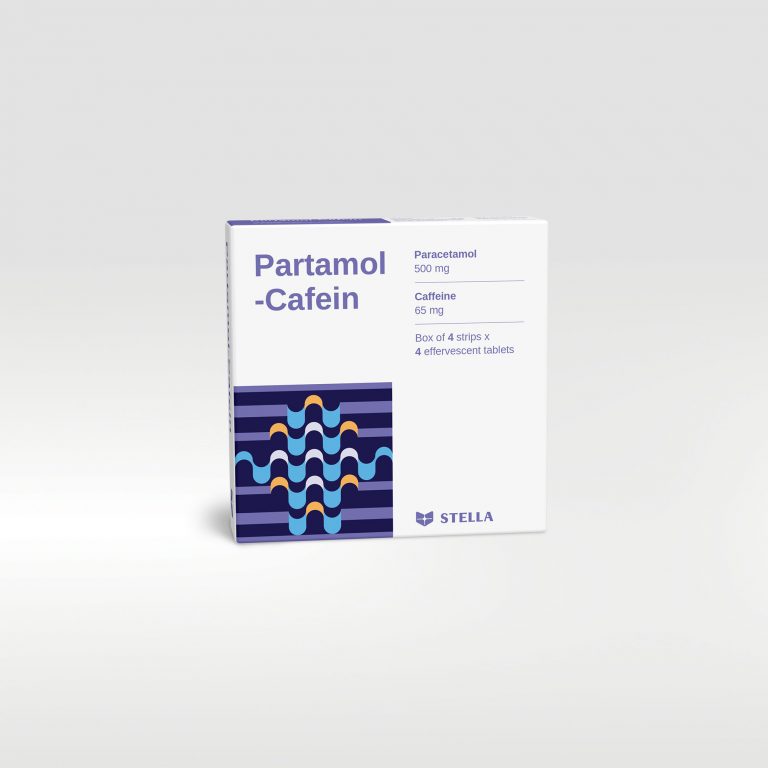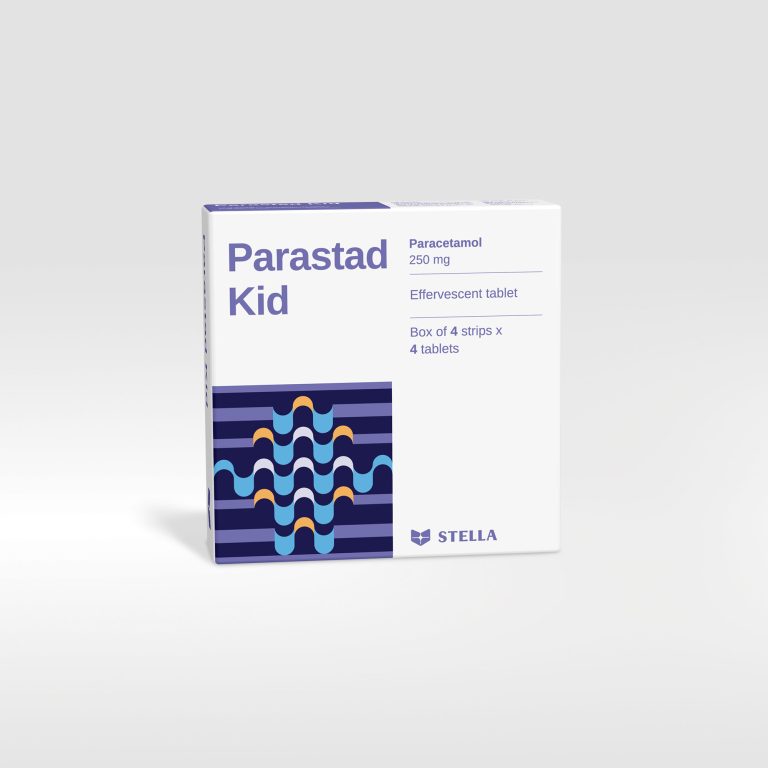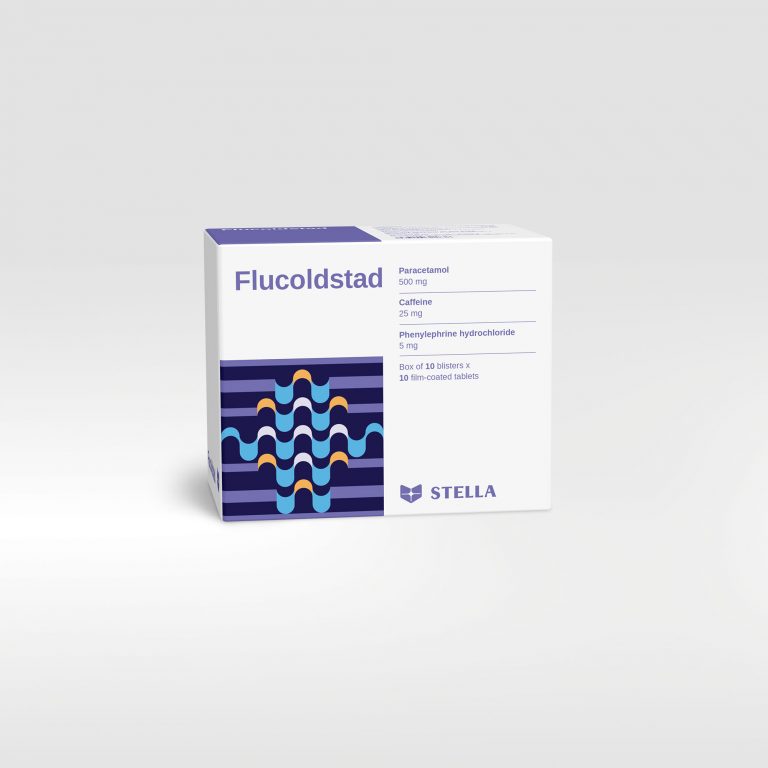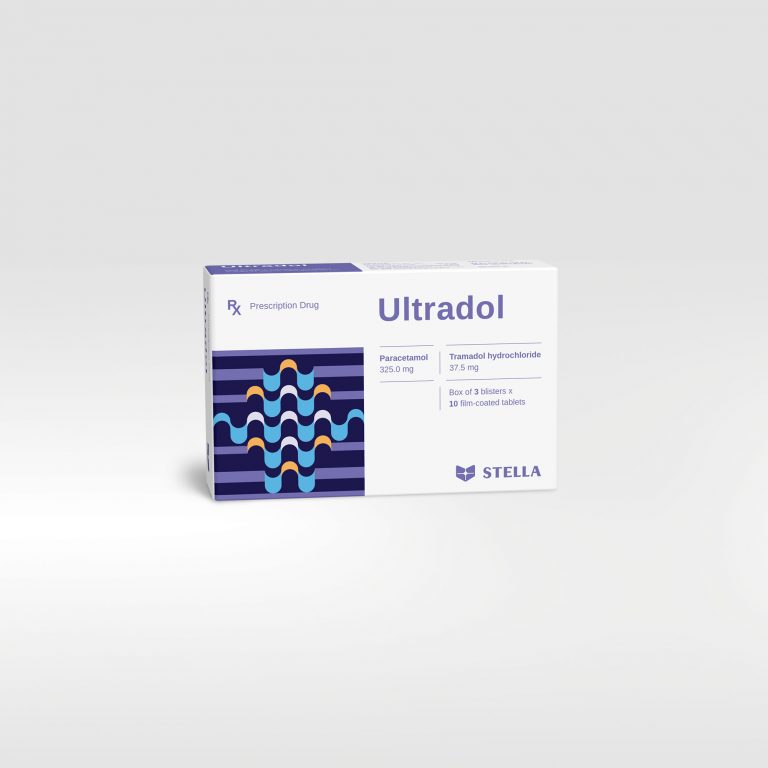Indications
- For treatment of mild to moderate pain and fever, especially in patients in whom salicylates are contraindicated or not tolerated.
- The drug is most effective in relieving low intensity pain of non-visceral origin.
Dosage
Paracetamol should not be used for self-medication of:
- pain for longer than 5 days in children.
- marked fever (greater than 39.5oC), fever persisting longer than 3 days, or recurrent fever.
- sore throat pain (pharyngitis, laryngitis, tonsillitis) for longer 2 days.
Children may receive is 10 – 15 mg/kg per dose with a maximum of 5 doses per day or the following doses every 4 – 6 hours as necessary (up to 5 times in 24 hours) with normally dosages:
- Children 11 years of age (weighing 32.5 – 43 kg): 480 mg
- Children 9 – 10 years of age (weighing 27 – 32.5 kg kg): 400 mg.
- Children 6 – 8 years of age (weighing 21.5 – 27 kg): 320 mg.
- Children 4 – 5 years of age (weighing 16 – 21.5 kg): 240 mg.
- Children 2 – 3 years of age (weighing 11 – 16 kg): 160 mg.
- Children 12 -23 months of age (weighing 8 – 11 kg): 120 mg.
- 4 – 11 months of age (5 – 8 kg): 80 mg
- Up to 3 months of age (2.7 – 5 kg): 40 mg
Usage
- Partamol 80 is administered orally.
- The effervescent granules must be dissolved in water and the solution should then be drunk after complete dissolution of the granules.

